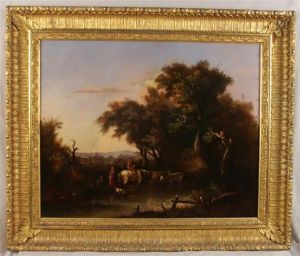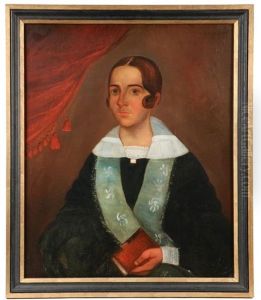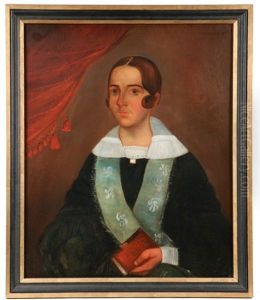William Otis Bemis Paintings
William Otis Bemis was an American artist known for his contributions to the field of printmaking, particularly in etching. Born in 1864, Bemis came of age in a period where the world of American art was beginning to find its unique voice, separate from European influences. Although not as widely recognized as some of his contemporaries, his work reflects the burgeoning American spirit of innovation and the exploration of new frontiers in the art world during the late 19th and early 20th centuries.
Bemis's journey in the arts took him through various phases and styles. He was particularly influenced by the etching revival of the late 19th century, which saw artists returning to the traditional printmaking techniques that had been somewhat overshadowed by the advent of lithography and other methods. His etchings often depicted landscapes and urban scenes, capturing the changing face of America during a time of rapid industrialization and urbanization.
Despite the lack of a broad public recognition, Bemis was respected among his peers and art enthusiasts of his time for his craftsmanship and attention to detail. His work was characterized by a keen observation of light and shadow, which he translated into his etchings with great skill. Bemis's prints often exhibit a sense of tranquility and a contemplative quality, inviting viewers to ponder the scenes he depicted.
Unfortunately, details about Bemis's personal life, including his education and the specific trajectory of his career, are not well-documented. He may have been associated with art institutions of his time and participated in the cultural dialogue that shaped American art in the late 19th and early 20th centuries.
William Otis Bemis passed away in 1925. While he may not have achieved the fame of some of his contemporaries, his work remains a testament to the rich tradition of American printmaking. His etchings continue to be of interest to collectors and historians who study this period of American art, offering insights into the aesthetic and technical concerns that occupied artists of his generation.




